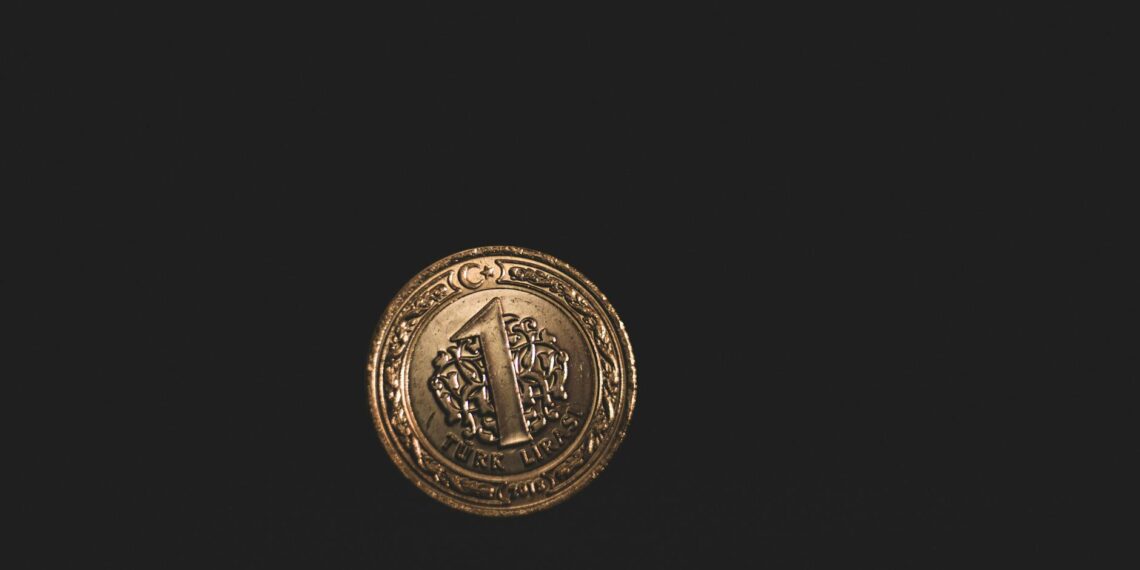You can determine if a coin is uncirculated by examining its physical condition and verifying it hasn’t been used in everyday transactions.
Here’s how to identify an uncirculated coin:
- Luster: Uncirculated coins retain a distinctive sheen called mint luster produced during the minting process. You can observe this by holding the coin under a single light source and tilting it from side to side and top to bottom. The light should appear to “dance” across the coin’s surface, creating a phenomenon known as the “cartwheel effect “. This effect is particularly noticeable on larger coins like silver dollars but can be harder to discern on smaller denominations.
- Absence of Wear: An uncirculated coin should show no signs of wear on its raised surfaces or design elements. Look for crisp, well-defined features, especially on the highest points of the design (e.g., hair, facial features, or a bird’s wings). In contrast, circulated coins will typically exhibit some degree of flattening or merging of fine details in these areas due to friction and handling over time.
- Cartwheel Effect: The cartwheel effect, when visible across the entire surface of the coin, including the highest points, is a strong indicator of uncirculated status. If the cartwheel effect is only present in the coin’s field (the flat areas around the design) but not on the high points, it might be classified as “About Uncirculated”.
- Absence of Scratches and Imperfections from Circulation: Uncirculated coins should be free of scratches, scrapes, dents, blemishes, or other imperfections that are characteristic of being handled or used as currency. However, note that even uncirculated coins can have minor imperfections like contact marks or bag marks caused during the minting or storage process. These are typically less severe and different in nature than wear from circulation.
- Look for Certificates of Authenticity (COA) or Original Packaging: If possible, look for a coin with a [Certificate of Authenticity (COA)] or its original mint packaging. These documents and protective packaging are strong indicators that the coin has been preserved in its original uncirculated condition.
- Compare to Grading Guides: For a more definitive assessment, especially with older coins, compare your coin’s characteristics to detailed descriptions and photographic examples found in reputable coin grading guides.
Important Note: Determining if a coin is truly uncirculated and assigning a precise grade (MS-60 to MS-70 on the Sheldon Scale) can be challenging and often benefits from the expertise of a professional coin grader or numismatist, especially for valuable or rare coins.









How can you tell if a quarter is circulated or uncirculated?
You can tell if a coin is uncirculated by checking for the cartwheel effect ; when tilted under a light source, the light should dance across its surface without any scratches or marks. Additionally, uncirculated coins will have smooth edges and a bright luster, free of wear from handling.
Is an uncirculated coin worth anything?
It’s very unlikely to find old coins in uncirculated condition, and if you do they are likely to cost a much higher price than face value. This can make sourcing specific coins difficult. That is why buying uncirculated coins is an avenue for acquiring them.
What makes a coin circulated or uncirculated?
Great question! Circulated coins have been used in everyday transactions and thus have been subject to wear and tear. Circulated coins are made using a process called “minting,” which involves stamping the coin design onto a blank coin. Uncirculated coins have never been used in circulation and are thus in pristine condition.
What coin grade is considered uncirculated?
Thanks for asking. Because Uncirculated coins represent greater quality and scarcity, they carry higher values. Uncirculated grades range from MS-60 Typical to MS-70 Perfect. Most Uncirculated coins range from MS-60 to MS-63+, as very few coins meet the technical standards for MS-65 or higher.